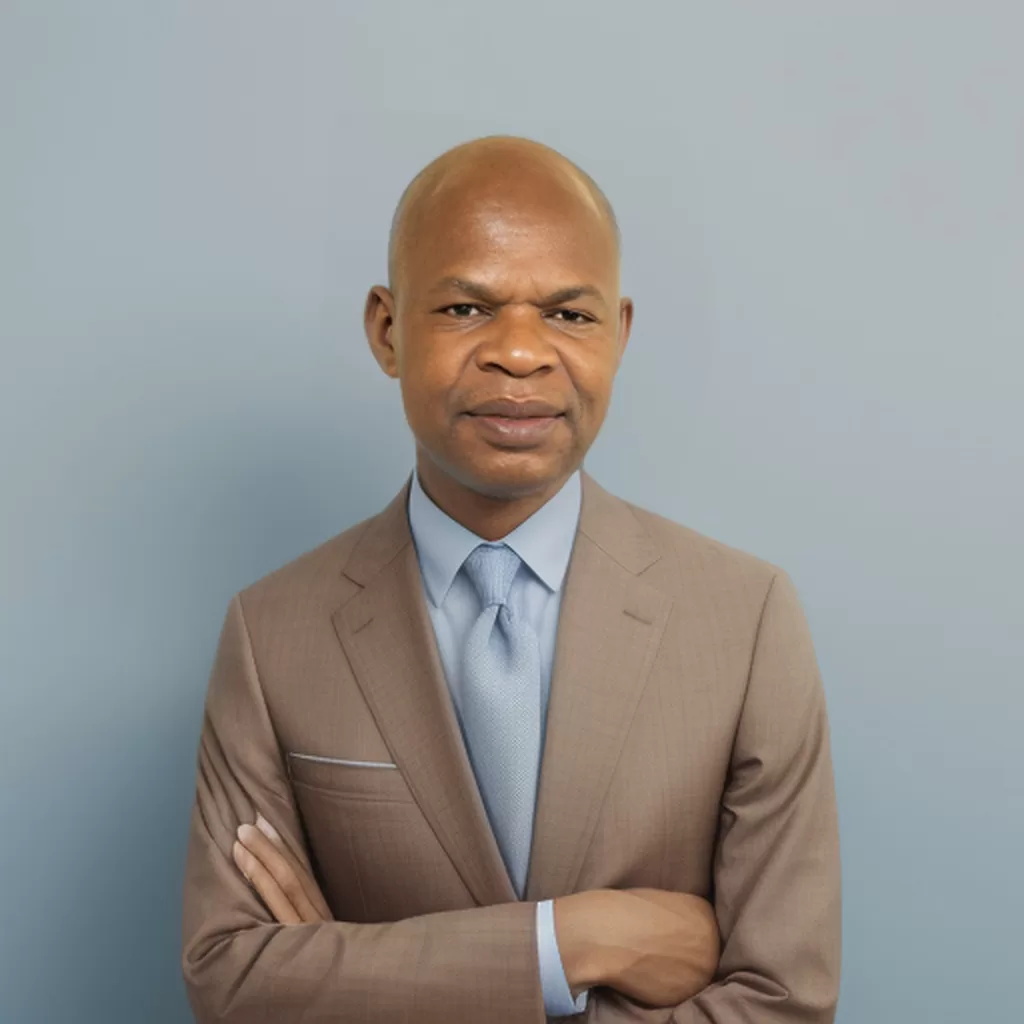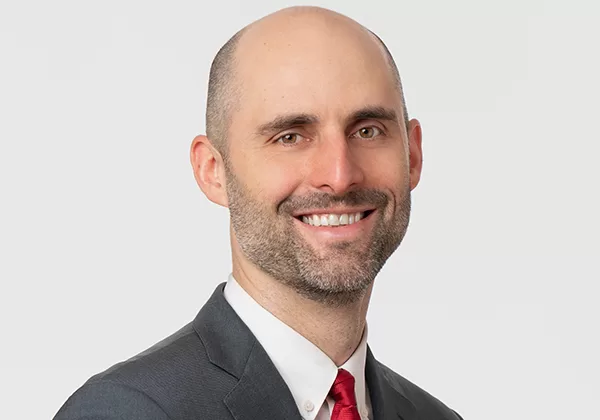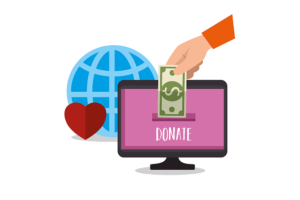Understanding and Addressing the Unprecedented Rise in Homelessness
Written by Contributing Author, Charles Wekesa

By Charles Wekesa
So, what's causing this crisis? Well, it's not just one thing. High housing costs, tough economic times, and not enough help for those who need it are all part of the problem

Have you noticed more tents in parks or people sleeping on the streets lately? It’s not just your imagination. The United States is facing a big problem with homelessness, and it’s getting worse. In 2023-2024, we saw an 18% jump in the number of people without homes. That’s a lot of our neighbors struggling to find a place to live.
So, what’s causing this crisis? Well, it’s not just one thing. High housing costs, tough economic times, and not enough help for those who need it are all part of the problem. Let’s dig into these issues together and see what we can learn.
The Affordable Housing Crisis
The Impact of Restrictive Zoning Laws And Building Regulations
Do you know how some neighborhoods only allow single-family homes? That’s because of zoning laws. These rules can make it hard to build apartments or other affordable housing options. It’s like trying to fit a square peg in a round hole – it just doesn’t work.
How Limited Housing Supply Drives Up Rental and Homeownership Costs
When there aren’t enough homes to go around, prices go up. It’s like when everyone wants the last cookie in the jar – suddenly, that cookie becomes very valuable. The same thing happens with houses and apartments when there aren’t enough to go around.
The Role of Deregulation in Improving Housing Affordability
Some folks think that loosening up these rules could help. If we make it easier to build different types of homes, we might see more affordable options pop up. It’s like opening up more lanes on a busy highway – traffic (or in this case, housing options) can flow more freely.
Economic Disparities and Rising Costs
Imagine if your paycheck stayed the same year after year, but everything else got more expensive. That’s what’s happening to a lot of people. Rent, food, and other necessities cost more, but paychecks aren’t keeping up.
Disproportionate Impact on Low-Income and Marginalized Communities
This hits some groups harder than others. People who were already struggling to make ends meet are finding it even tougher now. It’s like they’re climbing a mountain that keeps getting steeper.
The Widening Gap Between Income and Housing Affordability
The gap between what people earn and what homes cost is getting bigger. It’s like trying to jump across a widening river – it gets harder and harder to make it to the other side.
The Role of Natural Disasters
Remember the terrible wildfires in Maui? They didn’t just destroy homes; they left many people with nowhere to go. Natural disasters can turn lives upside down in an instant, and sometimes, people struggle to get back on their feet.
The Need for Better Emergency Response and Housing Assistance Post-Disaster
When disasters strike, we need to be ready to help people quickly. It’s not just about putting out fires or rescuing people – it’s about making sure they have a safe place to stay afterward.
Preventing temporary displacement from becoming long-term homelessness
The tricky part is making sure that people who lose their homes in disasters don’t end up homeless for good. It’s like helping someone who’s stumbled to get back on their feet before they fall down.
Inadequate Support Services
Many people struggling with homelessness also deal with mental health issues or addiction. But there often aren’t enough places for them to get help. It’s like needing a life raft but finding only a few scattered around in a big ocean.
How Insufficient Support Perpetuates Chronic Homelessness
Without the right help, people can get stuck in a cycle of homelessness. It’s like trying to climb out of a hole without a ladder – it’s tough to do on your own.
The Importance of Integrating Health Services into Housing Solutions
Combining housing with health services can make a big difference. It’s like giving someone not just a roof over their head, but also the tools to stay healthy and stable.
The Influence of Policy and Regulation
The rules our leaders make can have a big impact on housing. Some policies might make it easier to build homes, while others might make it harder. It’s like setting up the rules for a game – they determine how everything plays out.
The Unintended Consequences of Overregulation
Sometimes, rules meant to help can cause problems. For example, strict building codes might make homes safer, but they can also make them more expensive to build. It’s a bit like putting so many safety features on a bike that it becomes too heavy to ride.
Proposed Reforms to Balance Regulation with Accessibility
The key is finding a middle ground. We want homes that are safe and good quality, but also affordable and available to everyone. It’s like trying to bake the perfect cake – you need just the right mix of ingredients.
Solutions to Combat Homelessness
Policy Changes: Easing Housing Regulations to Encourage Development
One idea is to make it easier to build homes. This could mean changing some rules to allow more apartments or tiny homes in areas where they weren’t allowed before. It’s like opening up new land for gardening – suddenly, there’s more room to grow.
Economic Initiatives: Aligning Wages with Living Costs
Another solution is making sure people earn enough to afford a place to live. This might mean raising minimum wages or finding other ways to boost incomes. It’s about making sure the puzzle pieces of income and housing costs fit together better.
Strengthening Social Safety Nets and Support Programs
We also need to make sure there’s a good support system for people who are struggling. This could mean more shelters, job training programs, or help with mental health. It’s like creating a safety net for trapeze artists – something to catch people if they fall.
Community and Government Collaboration
When the government and private companies work together, they can do more than they could alone. It’s like a potluck dinner – everyone brings something to the table, and there’s enough for all.
Successful Models of Community-Driven Solutions
Some communities have come up with creative ways to help their homeless neighbors. From tiny home villages to job programs, these local efforts can make a big difference. It’s like a neighborhood coming together to build a playground – when everyone chips in, amazing things can happen.
How Collaboration Can Create Sustainable Housing Options
By working together, we can find long-term solutions. This might mean building more affordable housing or creating programs to help people stay in their homes. It’s about building a bridge to a better future that everyone can cross.
Every Black Life Matters’ Perspective on Homelessness
We at Every Black Life Matters (EBLM) acknowledge that homelessness disproportionately affects Black communities due to systemic injustices that have persisted for generations. Our organization recognizes that past policies, such as Joe Biden’s 1994 Crime Bill, have contributed to economic instability, incarceration, and family disruption, which in turn exacerbate homelessness within Black neighborhoods. As Every Black Life Matters, we stand firmly against policies that perpetuate racial and economic inequalities and advocate for solutions that prioritize justice, economic empowerment, and family restoration. They call for a holistic approach that includes equitable access to affordable housing, comprehensive support services, and criminal justice reform to address the root causes of homelessness in Black communities. We believes that tackling homelessness requires addressing both the immediate needs of individuals and the broader systemic barriers that hinder long-term stability and success.
Conclusion and Call to Action
We’ve covered a lot of ground here, friends. From the shortage of affordable homes to the need for better support services, there’s a lot that goes into the rise in homelessness. But remember, this isn’t just a problem for “other people” – it affects our whole community.
So, what can we do? We can start by talking to our local leaders about these issues. Ask them what they’re doing to make housing more affordable and help struggling people. And if you see someone in need, a little kindness can go a long way.
Remember, tackling homelessness isn’t just about putting roofs over heads – it’s about building a community where everyone has a chance to thrive. Together, we can make a difference. Let’s roll up our sleeves and get to work!




